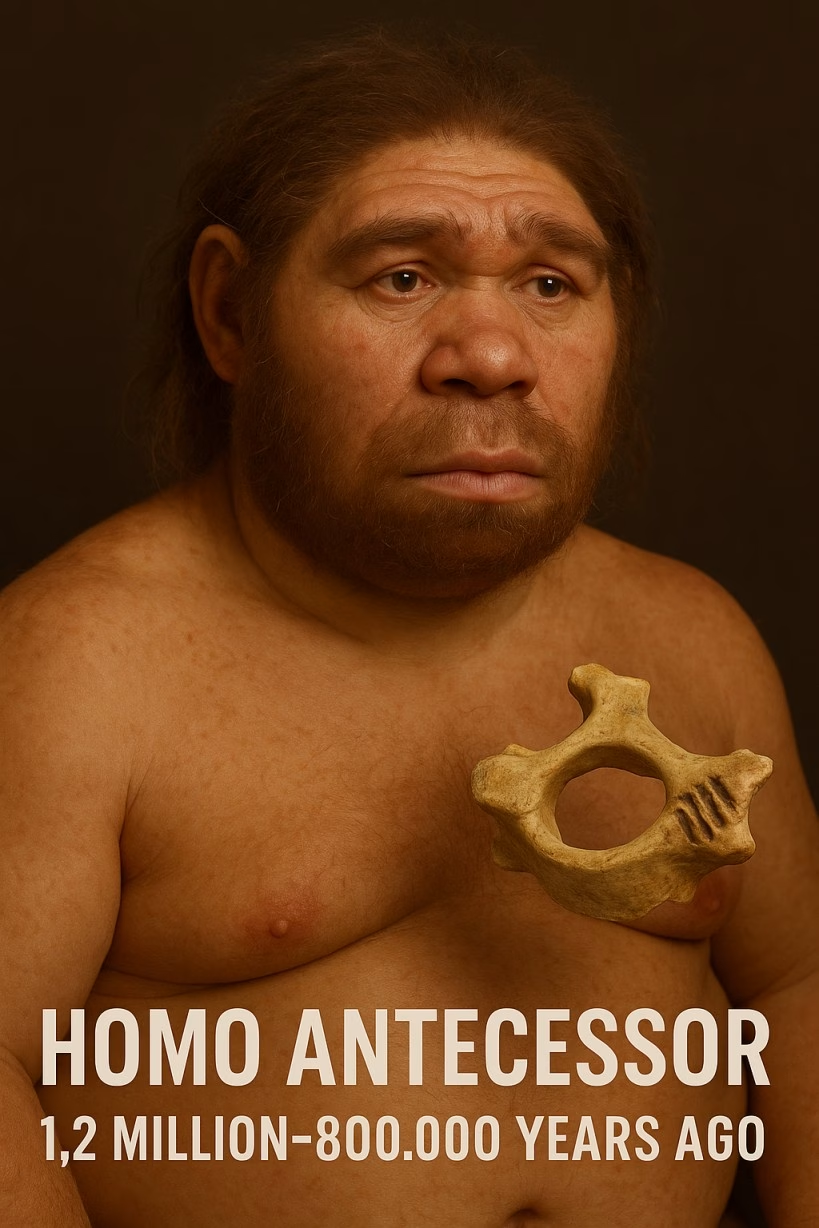When we think about our deep human history, we often picture our ancestors as hardy survivors, mastering fire and hunting mammoths. But what if their story has a much darker, more unsettling chapter? Recent archaeological evidence is forcing us to confront a chilling possibility: our ancient relatives may have been cannibals.
A Grisly Discovery in a Spanish Cave
Imagine a team of archaeologists carefully brushing away dirt in the Gran Dolina cave site in northern Spain, a place rich with the secrets of our past. They uncover something small but significant: a single neck bone.
This wasn’t just any bone. Scientists determined it belonged to a child, no older than four years old, who lived a staggering 850,000 years ago. But the most shocking detail wasn’t its age—it was the distinct bite marks scarring its surface. The unmistakable conclusion? This child was eaten by another human.
Who Were Our Cannibal Ancestors?
The bone belongs to a species known as Homo antecessor, a fascinating and important branch on our family tree. Living between 1.2 million and 800,000 years ago, Homo antecessor is considered one of the earliest human species in Europe and is believed to be the last common ancestor of both Neanderthals and us, Homo sapiens.
Compared to modern humans, they were a bit different:
- Shorter and stockier in build.
- They had a smaller brain (about 1,000-1,150 cubic centimeters, compared to our 1,350 cc average).
This discovery provides a gruesome but powerful insight into their lives, revealing a behavior that challenges our perception of early human society.
The Uncomfortable Question: Why Did They Do It?
The evidence on the bone is clear, but the motive is lost to time. Why would our ancient relatives resort to eating their own kind, even children?
While we can’t know for sure, archaeologists speculate it was likely a matter of survival. In the harsh, resource-scarce environment of prehistoric Europe, cannibalism might have been the last resort to avoid starvation. It was less about ritual or ceremony and more about a desperate need for nutrition. This act, while horrifying to us today, may have simply been a part of their brutal reality.
What This Means for Human Evolution
This finding does more than just send a shiver down our spine. It paints a more complex and raw picture of human evolution. It reminds us that the journey to becoming who we are today was not a simple, heroic tale. It was a messy, and at times brutal, struggle for survival.
Our history is written in the bones they left behind, and every new discovery adds another layer to our story—even the parts that are hard to swallow.




